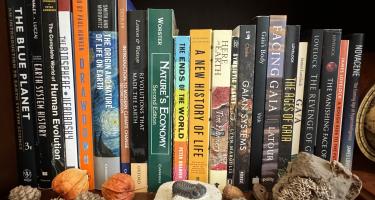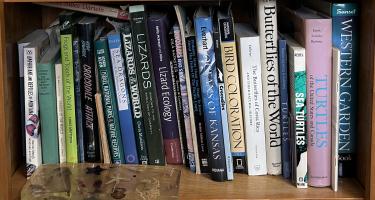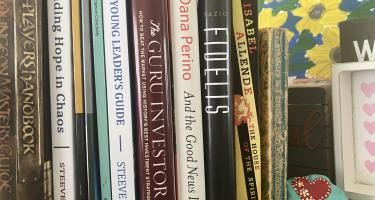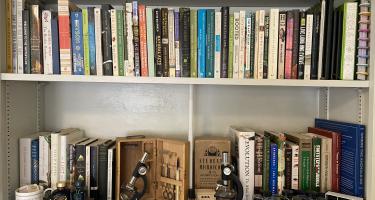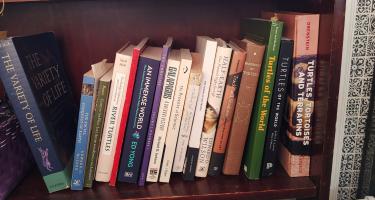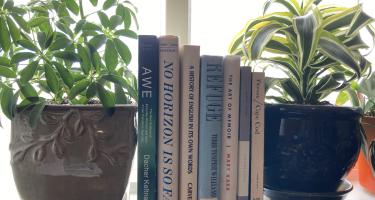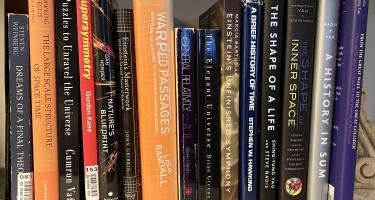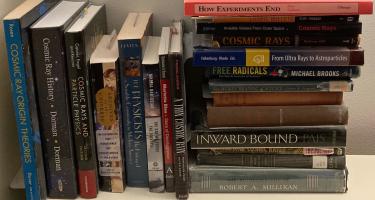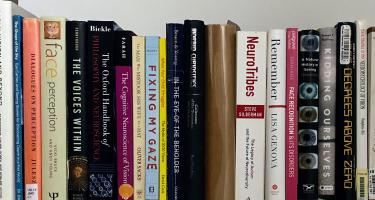
Sadie Dingfelder—Do I Know You? A Faceblind Reporter’s Journey into the Science of Sight, Memory, and Imagination
Sadie Dingfelder scolded a man in a grocery store for choosing the wrong item. She mistook him for her husband. After she learned she is faceblind, her reportorial instincts kicked in. In Do I Know You? A Faceblind Reporter's Journey into the Science of Sight, Memory, and Imagination, she says she’s learned how to cope: “If I pay close attention and ask the right questions, I’ll figure it out.”
